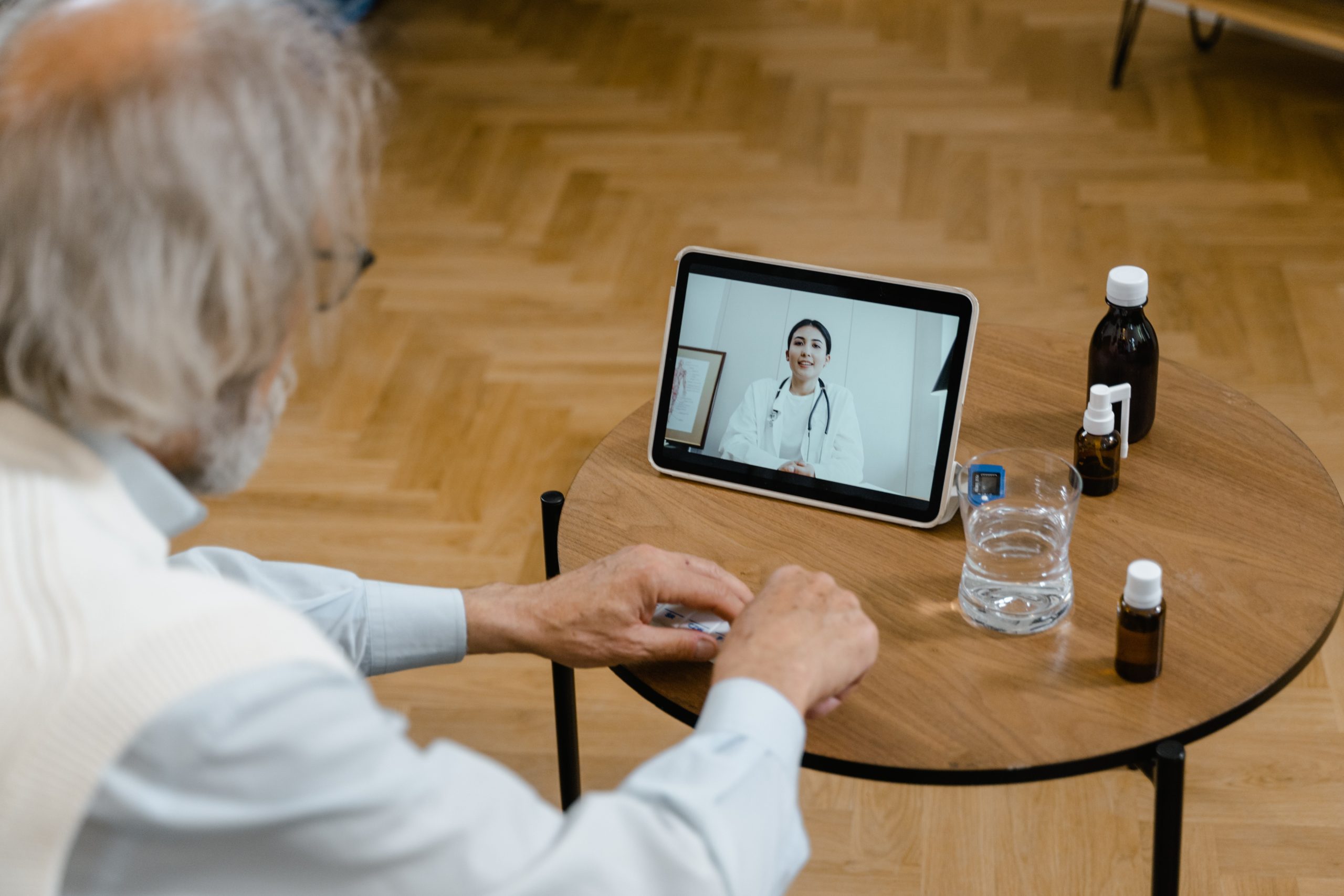In what now seems like a prescient move, my Jackson, Wyoming-based urology practice adopted “TeleUrology” in early 2019 as a new way to improve access for our patients. To meet pre-pandemic Medicare payment requirements, each patient had to be present at a so-called “originating site” clinic, usually located in their small rural community. After starting our journey in 2019 and gradually expanding our reach throughout that year, we experienced a slow, steady transition into telemedicine. Then, almost overnight, the COVID-19 pandemic upended some of the barriers previously required for reimbursement. Within two years, our team established five originating site clinics, greatly improving access to urologic care in Wyoming.
The last year and a half has been a terrible time for our country, but one of the few silver linings was that our healthcare system – including our physician workforce – was forced to innovate. For years, physicians struggled with adopting telemedicine into their daily workflow, but now, for many of us, it has become an indispensable part of our practices, in large part because our patients enjoy its convenience and accessibility. Doctors adopted a “webside” manner instead of the bedside manner they were accustomed to; and patients overwhelmingly reported increased satisfaction with not having to be present at the doctor’s office in person. Surveys throughout the past year show that patients prefer the convenience of telehealth from the comfort of their own home over traditional visits.
Now that we know there is an increased value in providing better and easier access for our patients, it is vital that we work with Congress and the Administration to make permanent the telehealth changes instituted in response to the pandemic. Our healthcare system is not set up to accommodate disruption. What was once a given – doctors seeing patients in person for every appointment, no matter how minor or routine – now seems outdated and wasteful. Tens of millions of Americans have experienced meeting with their doctor on a smartphone or laptop. Telling patients that the rules are changing again, necessitating a visit to the doctor’s office or hospital for care, is just not realistic, and policymakers need to understand this.
One of the concerns about telehealth is the potential for fraud or abuse. Insurance companies and CMS worry about the few cases of bad actors billing charges that are not linked to actual telemedicine encounters; however, the reality so far is that the vast majority of health systems have been able to deliver quality care for both chronic and acute diagnosis without any issues.
Telehealth has changed so much about the way that we interact with our patients and provide care. Some of the improvements that have occurred include decreased no-shows, increased patient medication adherence, the ability to check vitals at home, and much more. It is important to protect these changes now as patients are taking more responsibility for their health. It is up to Congress and the current administration to act now and make the temporary public health emergency telehealth policies permanent. The consensus has been “I hope we never go back.” Instead of “brick and mortar,” we will have “click and mortar” in between the physical exam room.
Medicare, Medicaid, and private insurers have acknowledged the potential cost savings of digital healthcare. Making sure that all populations have proper access to telehealth will maximize its usefulness. Patients can also save money in travel costs, child care, time off work, and more. These “other” costs are one of the barriers that prevent low-income populations from seeking the care they need.
Specialty practices, like Urology, are advocating for CMS to establish the following changes on a permanent basis:
- Maintain the updated Medicare telehealth list, to include retaining all of the services added to the Medicare telehealth list in response to the PHE for COVID-19;
- Eliminate site-of-service payment differentials for telehealth visits, and maintain Medicare coverage and enhanced payment for “telephone” E/M services (CPT 99441 – 99443);
- Allow key telehealth and virtual care services (e.g., virtual check-ins, e-visits, and other communication technology-based services) to be furnished to both new and established patients;
- Preserve direct supervision revisions that allow physicians to supervise in-office clinical staff using communications technologies, when appropriate; and
- Ensure physicians may perform telehealth services from their homes without updating their Medicare enrollment.
While we’re all eager to put the pandemic behind us, there are some lessons it forced us to learn that are worth keeping as we move forward. One of these is the role and value of telemedicine. I hope this will be a new beginning for healthcare. We needed a shake up . Let’s keep the momentum going. As I like to say to my fellow peers, ”stay calm and tele on.”
Lisa Finkelstein DO


Comments are closed